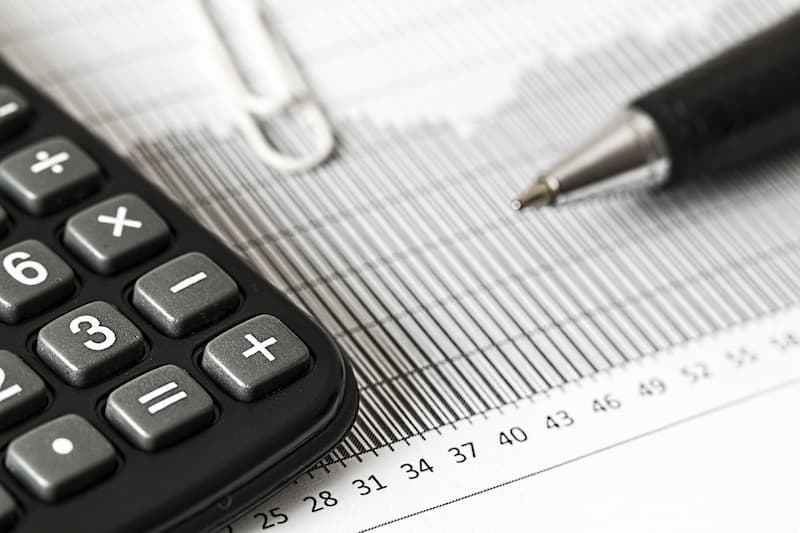In my previous post on assessing your company's value, I discussed the fact that many business owners get hung up on using public company comparatives to value their company. These comparisons just don't stand up. In this post, I'll discuss varying valuation methods and their appropriate usage so that we all have a common frame of reference going further. This isn't meant to be an exhaustive list; rather a list of the most common techniques.
Book Value
In the book value method, the value of the company is effectively the equity found on the balance sheet – or assets less liabilities. Typically though assets will be valued (e.g. there may be a salvage value or appreciation if the asset is land / buildings) at fair market value before assessing appreciated (or hopefully not depreciated) equity. This method is most appropriate for liquidations and is often used in divorce proceedings.
Revenue Multiple
In the revenue multiple method, comparative company sales are assessed to determine a 'multiple of sales' that a company sells for – in other words if you have revenue of $10m, a revenue multiple for your industry of 0.7, then you can expect a valuation of around $7m. Usually consideration is given for significant assets (e.g. building, equipment w/significant residual value, accounts receivable) separately from the revenue multiple. This technique is most often used by a seller for determining value prior to a sale.
Earnings Multiple
The earnings multiple is similar to the revenue multiple, with the exception that it is based on the pre-tax earnings – using EBIDA (Earnings Before Interest, Depreciation, and Amortization) with add-backs for significant owner benefits (e.g. excessive salary over your own replacement value, other benefits). This method is most often used by the buyer in formulating an offer.
Discounted Cash Flow
The Discounted Cash Flow method is based on valuing the free cash flow from operating activities of a company (typically very close to earnings), making very similar adjustments to the Earnings Multiple method, and extrapolating out future cash flows using a growth rate. Given that in most scenarios cash flows can be expected to go on 'forever' (unless you are buying a cash flow that ends at a given point in time never to return) most valuation professionals use the Gordon Model to value cash flow beyond five years. These cash flows are then discounted to the present day using a Net Present Value formula – using a discount rate that is meant to represent the 'risk' associated with the cash flow. Many people get confused by the discount rate and what it means. The easiest way to think about it is 'if I had a dollar to invest, how risky is this dollar relative to a safe investment, like a 10 year treasury bond?' Clearly there is more risk in buying a private company; therefore it commands a risk premium that is higher than other, more liquid and measurable investments. A typical discount rate ranges from around 20% on the low side to 40% on the high side and is completely subjective using your best hunch.
If you are the buyer, it is appropriate to use this technique to place a value on the company using your own projected growth rate. If you project a growth rate higher than the company has experienced in the past, you might consider the value to you that you will create when you take over – then make an offer somewhere between the calculation using historic growth rates versus what you consider. Conversely, if you are going to have to make significant investments just to keep up (e.g. replace personnel, new equipment), this should be factored in.
If you are a seller this is the best technique to use to assess whether or not you will be on the high side of comparative sales or the low side – as the 'free cash flow' truly represents value to shareholders (in this case – owners) – the higher it is the more money you can command.
Life Insurance
Assuming you are following good business practices (see previous post – Risks Every Business Owner Should Consider to Insure), you no doubt have insured your life based on some notion of value. Often times this value of policies is used as a proxy for value. This technique is often used in partnership disputes and in estate planning.
For a true representation of value, I typically use the Discounted Cash Flow method for the reasons illustrated in the description of the technique. In my next post, I'll show some simple techniques to maximize value.






